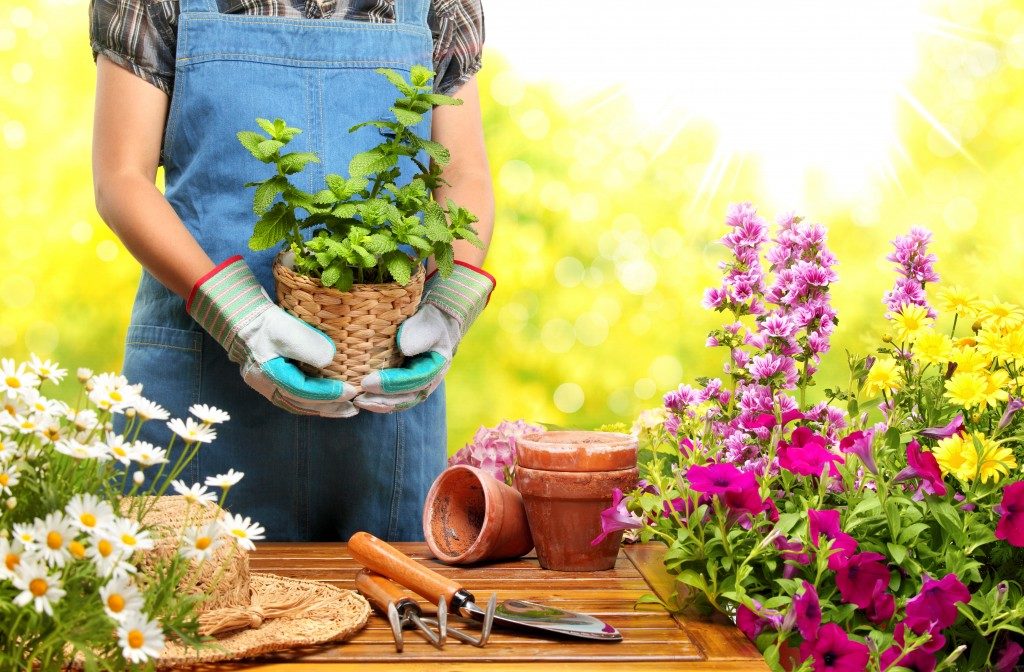Just as with people, the first glimpse of a property can leave a strong impression. Whether you’re looking to make your home more beautiful or gain more productivity out of your land, DIY landscaping is a challenging but rewarding activity.
Unfortunately, it won’t be as easy as finding a look at social media and placing an order. It takes a lot of hard, dirty work – think rooting around in the ground for hours with a trowel, or removing a weed clump by clump with a 12 volt sprayer.
BREAK IT DOWN INTO SIMPLER TASKS
Much like a person might struggle to get into shape after neglecting their fitness, those of us who haven’t made a habit of managing our yards will find the initial challenge daunting. But just like any complex task, this can be made easier and less intimidating by breaking it down into smaller, bite-sized chunks that you can manage on a daily basis. Part of it is planning, surveying the property, acquiring the necessary supplies; then part of it is getting down to work in the long term.
PLAN FOR YOUR NEEDS
Not everyone has a property large enough to be altered so that it accommodates our different needs. So we tend to prioritize some things over others. Is it a pleasing aesthetic or view that you want upon coming home? Or a place to sit and meditate, or have outdoor meals with your family? Perhaps you want to grow crops on the land and eat food you’ve grown yourself.
RECONCILING VISION WITH REALITY
With plenty of inspiration in mind, now take a good walk around your property. View it from different angles and consider what’s already there. The plants, bugs, and microbes in your soil actually comprise a little ecosystem. And just as conditions of climate and soil are different, even across temperate countries like the US or UK versus Australia, so is each person’s property a little bit different from the other’s.
When a farmer chooses to grow a certain plant for the first time, whether for its aesthetic value or crop yield, it’s like conducting a little experiment. You can do research beforehand, also making sure that the plant doesn’t have invasive qualities, but it will always come down to putting theory into practice: will the plant thrive in this yard? And if it doesn’t, should you consider a more robust alternative, or tinker with the conditions a little more? Maybe mixing in a different fertilizer, or getting rid of more weeds and pests, would help. Does it receive too little sunshine because of that tall hedge? Maybe that needs to be cut down or trimmed.
Some ideas may need to be altered or discarded when you consider the practicalities of your property. And that’s fine – remember, each home’s conditions are unique, and if you adapt to yours, then your yard will turn out unique as well.
PUTTING IN THE WORK

Armed with the knowledge of what will work for you, and the necessary equipment, it’s time to get started. But don’t rush things. Working in the garden can be exhausting, and doing something exhausting for days can burn away your desire and sense of purpose in this activity.
It’s been said, for instance, not to attack weeds or pests when you’re angry. Herbicides and pesticides should be chosen specifically to target pest species, and proper disposal measures are taken. Be respectful of your little ecosystem.
Enjoy each day of working towards a more beautiful property. It will grow on you, and then you’ll realize that it’s a commitment, just like staying in shape. Embrace the effort and your newfound harmony and appreciation of your own little piece of nature.

